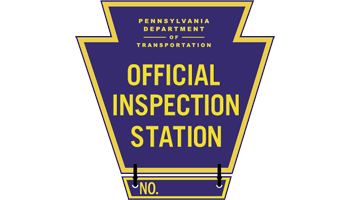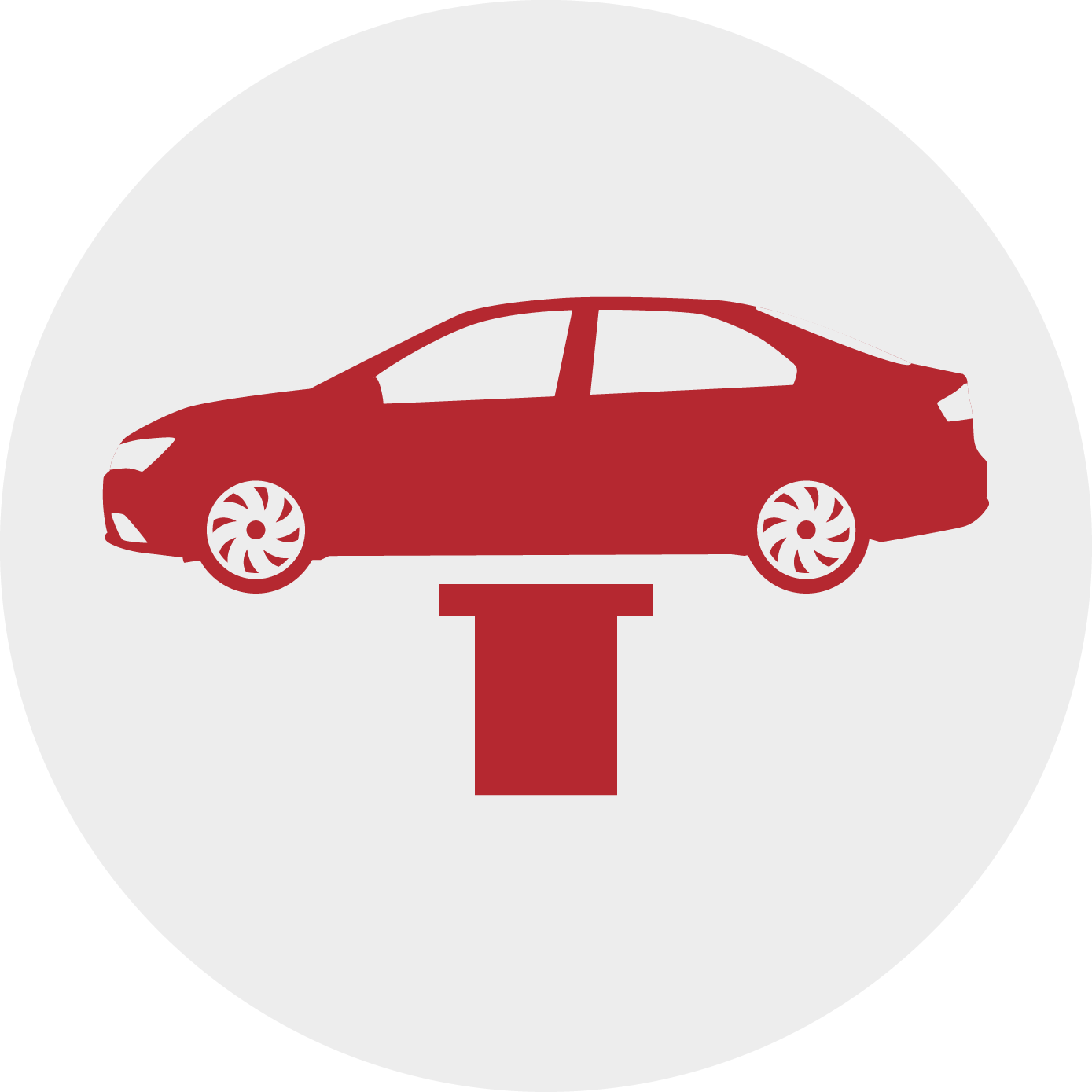
State Inspection
-
Upon passing a safety inspection, most passenger cars and light trucks will receive an inspection sticker valid for one year from the month of inspection or one year from the expiration of the current inspection sticker on the vehicle. Since 2005, Pennsylvania no longer requires that the inspection sticker expiration and vehicle registration expiration coincide for annually inspected vehicles. Vehicle owners can request that their inspection and registration expirations match, but this may result in a shortened inspection cycle initially. The chart for annually inspected vehicles below can be used to determine whether requesting a coordination of inspection and registration expirations will result in a short inspection cycle.
What we check.
-
Safety inspections for passenger cars and light-duty trucks require that the following items be checked: suspension components, steering, braking systems, tires and wheels, lighting and electrical systems, glazing (glass), mirrors, windshield washer, defroster, wipers, fuel systems, the speedometer, the odometer, the exhaust systems, horns and warning devices, the body, and the chassis.
-
Safety inspections for medium and heavy duty trucks and buses require that the following items be checked: suspension components, steering, braking systems, tires and wheels, lighting and electrical systems, glazing (glass), mirrors, windshield washer, defroster, wipers, fuel systems, the speedometer, the odometer, the exhaust systems, horns and warning devices, the body, and the chassis.
Emissions Inspection
-
The emissions inspection is required annually in conjunction with the annual safety inspection. A vehicle must get an emissions inspection or exemption before a safety inspection can be completed and a sticker issued.
-
The message “Emissions Inspection Required/Diesel Vehicles Exempt” will be printed on the motorist’s vehicle registration card to remind them that an emissions inspection is required for that vehicle.
What we check.
-
A certified technician will attach a cable to the vehicle’s on-board computer through a data link connector (DLC), usually found under the dashboard, and download information to a computer to access how well the vehicle’s emissions system is functioning. The vehicle’s on-board computer will generate diagnostic trouble codes (DTC’s) if there are malfunctions or other problems present in the vehicle’s emissions system.
-
What is a Tailpipe Test?
A Tailpipe Test uses a tailpipe probe to collect a sample of the exhaust and an emissions analyzer to measure pollutants while the engine is idling. The Tailpipe Test can be performed on many gasoline-powered passenger vehicles, vans and light-duty trucks. Inspection requirements are based on each vehicle’s model year, with an allowance for normal wear.
How is a Tailpipe Test performed?
First, a certified technician will verify that the vehicle’s engine is running at operating temperature. Then, the technician will insert a probe into the tailpipe to capture a sample of the engine’s exhaust. After approximately 30-45 seconds, the analyzer will determine whether or not the vehicle is emitting excess pollutants based on the vehicle’s model year.escription text goes here -
What is a Gas Cap Test?
A Gas Cap Test is a functional check that tests whether harmful evaporative emissions (fumes) are escaping from a vehicle’s gas tank into the atmosphere.
How is a Gas Cap Test performed?
A certified technician will remove the gas cap and insert it into a device that will then apply pressure to the gas cap. The testing unit will verify that the gas cap holds pressure for a period of approximately 45 seconds and a determination will be made as to whether or not fumes are escaping. -
What is a Visual Anti-Tampering Check?
The Visual Anti-Tampering Check is a visual inspection for the presence of emission control components that were installed on a vehicle by the manufacturer.
How is a Visual Anti-Tampering Check performed?
A certified technician will look for the presence of the following emission control devices:
• Catalytic converter,
• Exhaust gas recirculation (EGR) valve,
• Positive crankcase ventilation (PCV) valve,
• Fuel inlet restrictor,
• Air pump, and
• Evaporative control system components such as vapor canisters and lines.
The certified technician will also determine if these devices are properly connected and if they are the correct type for the vehicle being inspected. These components may be original vehicle equipment or an equivalent aftermarket replacement component meeting the same standards. Only those components (listed above) that were part of the original certified vehicle configuration are subject to this portion of the inspection. If a component was not originally on a vehicle at the time of manufacturer, it will pass inspection without it.


